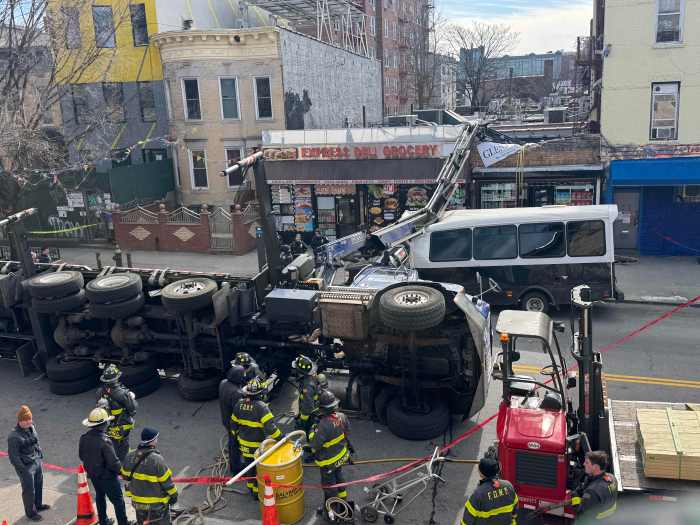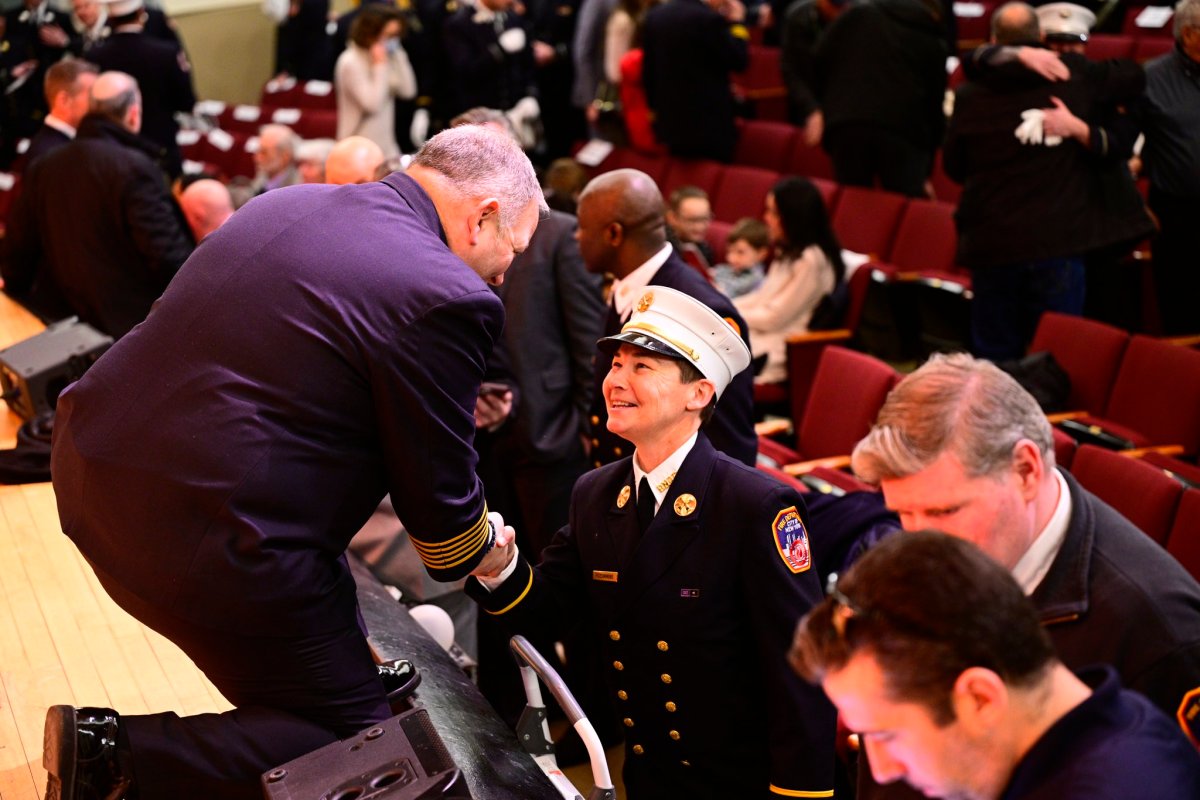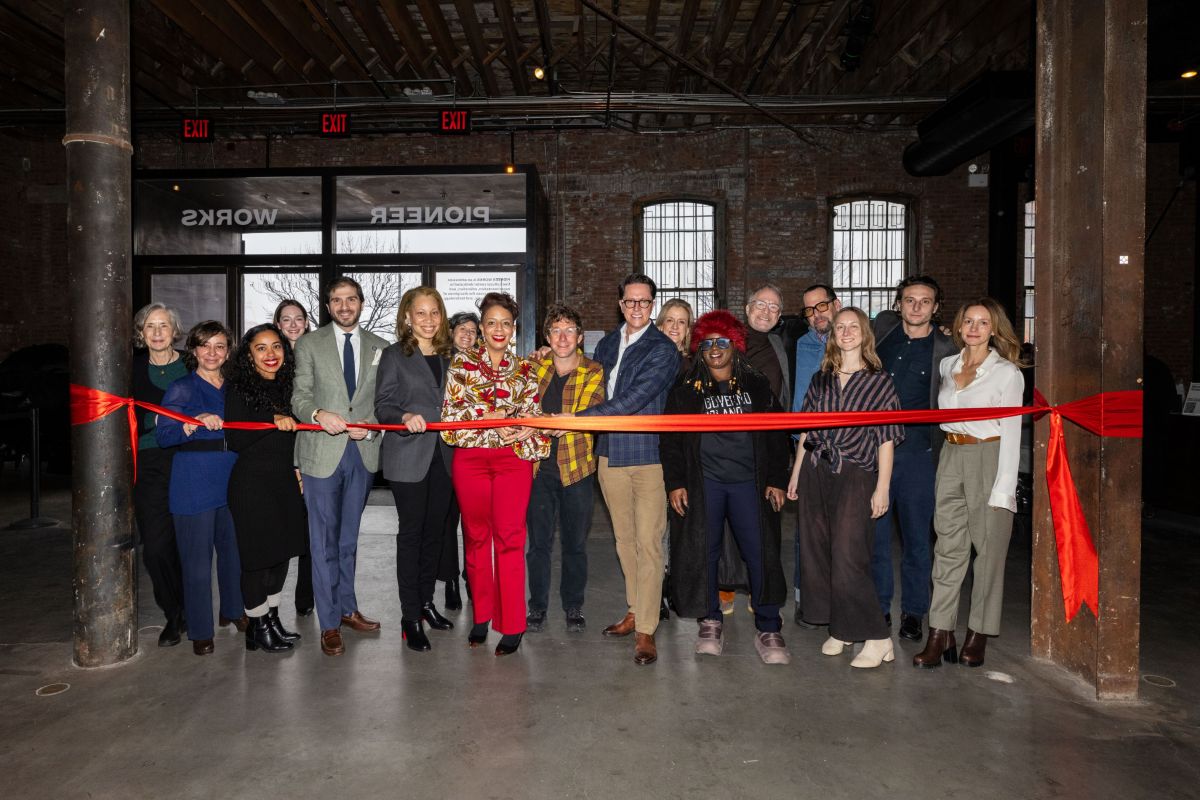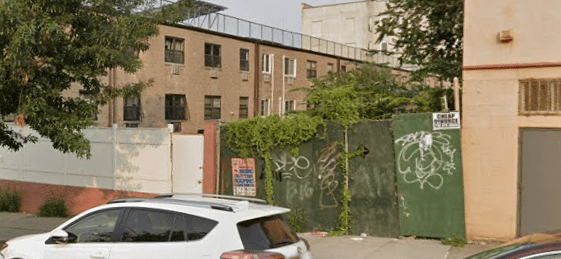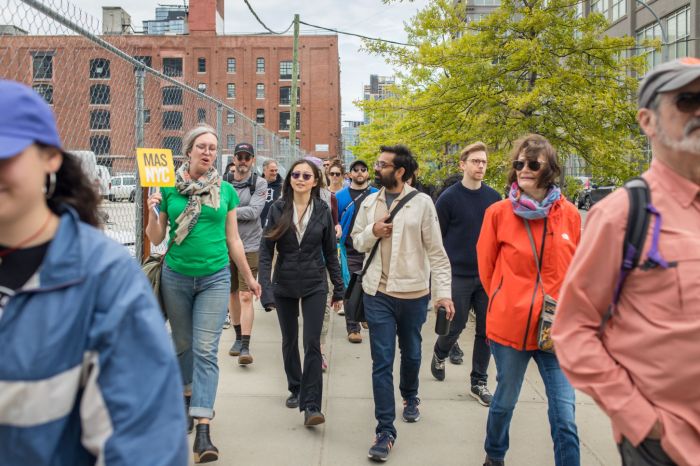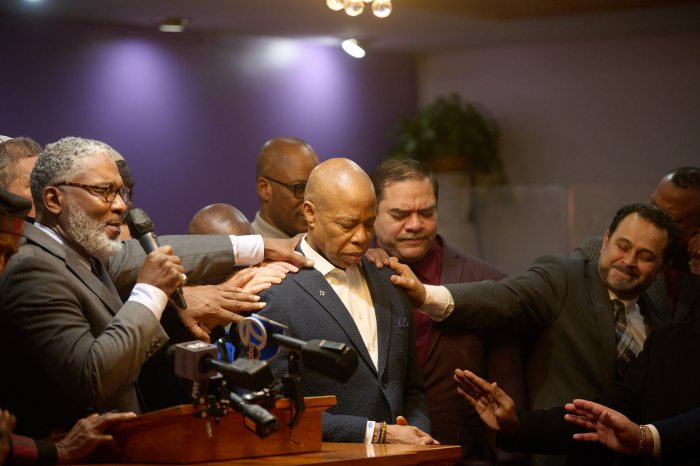
Sierra Mitchell, 9, had never held or seen a violin before she started the violin program at Prince Joshua Avitto Community Center. Now, she practices every day when she comes home from school.
“It’s hard and tricky, but when I practice, I make a new sound,” said Sierra, one of the first students in the program. “I like playing ‘Happy Birthday.’”
A violin program is rare in East New York, where one in four residents live below the poverty line — twice the national average. The Brooklynites living at the end of the No. 3 train line struggle with one of the highest rates of violent crime in the city. The center is named in memory of a 6-year-old who was stabbed to death in the neighborhood in 2014.
“We don’t have art programs in the neighborhood. This gives my daughter opportunity,” said Jaymi Perkins, whose daughter, Semaj Frank, 8, is in the program. “Violin is not something you get around here.”

Demond Pearson, senior program director at the community center, is always searching for new experiences for the kids in the predominantly black neighborhood. Exposure to different activities, said Pearson, allows kids to see themselves differently.
The idea of a violin program came to Pearson when he saw his friend Heathcliff Sygapolho, 47, with a violin slung across his back. Sygapolho was coming home from his job as a New York City public school teacher.
“It was like a sign,” said Pearson, who hired Sygapolho to teach the program. “How many black violinists do kids get to see?”
Over 20 years ago, Sygapolho trained under a professional violinist who gave lessons to his fourth-grade class semiweekly. Sygapolho asked the violinist to teach him so he could practice with his students. The violin has been part of his life and teaching curriculum ever since. Reading musical notes and playing them develops skills in mathematics and reading, Sygapolho said.
The center’s violin program — funded by Good Shepherd Services — started in fall 2018, and has grown into an ensemble of a dozen violinists, ages 6-18. The children play professional-quality violins purchased with grant funds, Pearson said.

Holding one of these violins is exciting for Hope Charles, 6, who likes to play “Hickory Dickory Dock.”
“I like to go up and down on the violin with the bow; I get pretty sounds,” said Hope.
Parents are excited about the musical training, too.
“My daughter is more confident in following directions and carrying them out,” said Perkins. “She knows what to do now. You don’t have to ask her twice.”
During the Saturday afternoon group lesson at the center, children learn to hold the violin, and practice moving their fingers and the bow from string to string.

Sygapolho breaks down songs familiar to the children, such as “Mary Had a Little Lamb,” into small pieces. Each piece is learned and connected over a two-hour lesson. The kids play the full song together by the end.
“Just to see the look on their faces when they are able to play a song — that’s what I look for,” said Sygapolho. “When I see that light go off, that’s what gives me that excitement."
His students double over with laugher every time they get a song right, because Sygapolho jumps up and down with excitement.
When the laughter subsided at a recent lesson, the young violinists returned their chins to their violins and gripped their bows. Sygapolho distributed new sheet music.
As he played the new score, he moved from student to student, checking their form and introducing them to the first notes of Dvorak’s “New World Symphony.”
Dvorak is no small step from “Twinkle Twinkle Little Star,” admits Sygapolho. But after their first recital on March 20 at the center, they were invited by Carnegie Hall to attend a concert. He hopes they will get to play the new song for a Carnegie Hall audience one day.
The center plans to expand the program so more kids can join.
“Maybe we can form our own Carnegie Hall in East New York,” said Pearson.




